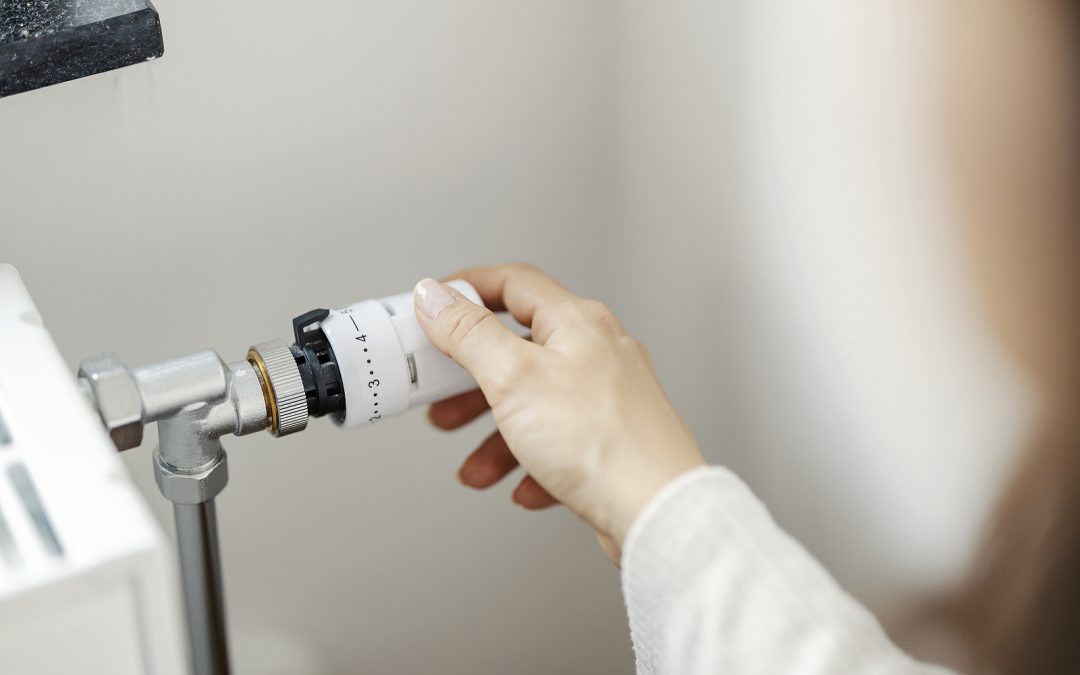There are only a few weeks left before it’s time to turn on the heating as the weather cools down, so if your radiators need flushing, you should get it done as soon as possible.
However, most people might not know what central heating power flushing is and when they should do it.
What is power flushing?
Power flushing is when plumbers remove scale and sludge that has built up within the radiators.
Fresh water is flushed through the system to get rid of the residual waste. Removal of this build-up will help the radiator heat up properly, as there is nothing blocking heat transfer.
How often should they be flushed?
Radiators that have been fitted within the last four years typically do not need flushing, unless homeowners are finding cold spots at the bottom of the radiator, which is a sign the heat is not travelling throughout the whole appliance.
Those older than this could do with a flush every five to six years. However, if you do not have a problem with your whole radiator heating up, you may be able to leave it as long as eight to ten years before flushing it.
The secret to working out whether to flush your radiator is to touch the bottom of it. If there are cold spots and your room is struggling to heat up, it could be that there is gunk trapped within the metal that needs to be removed.
Flushing can extend the life of the radiator
As well as getting rid of the sludge in the radiator, which could be preventing total heat transfer, and causing energy bills to rise unnecessarily, power flushing could also extend the life of the central heating system.
This is because some plumbers put an inhibitor in the radiators that protect against build-up, and improve their efficiency.

